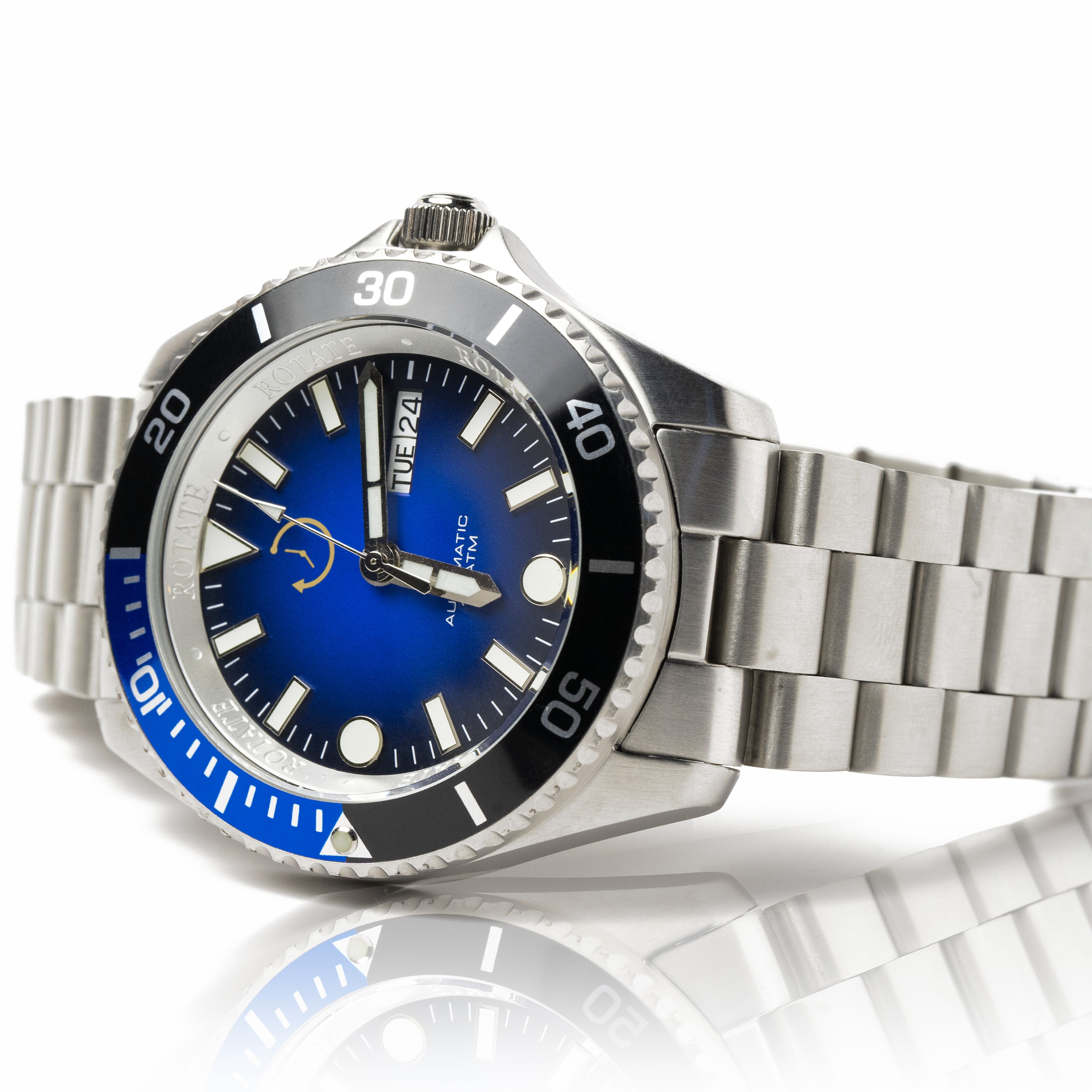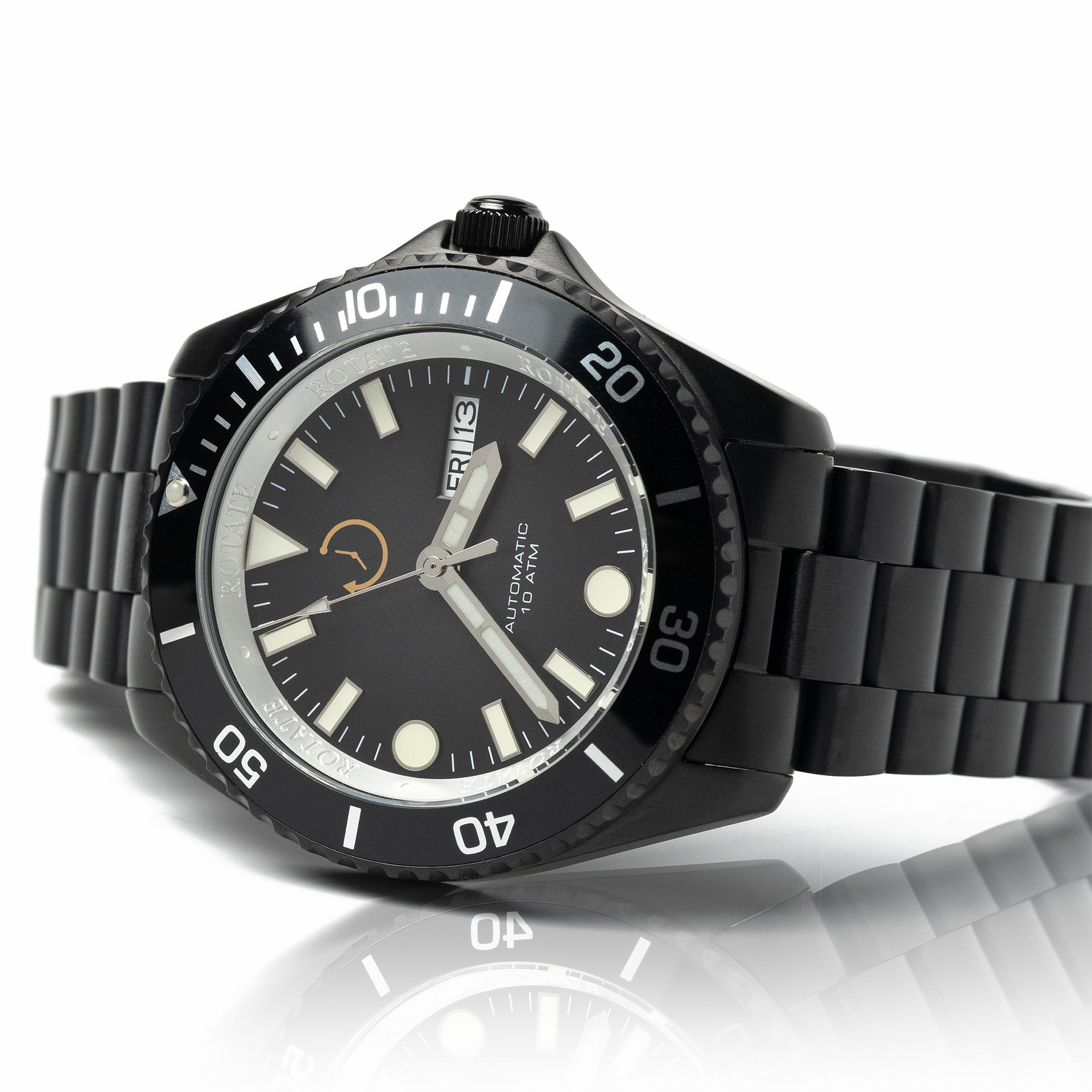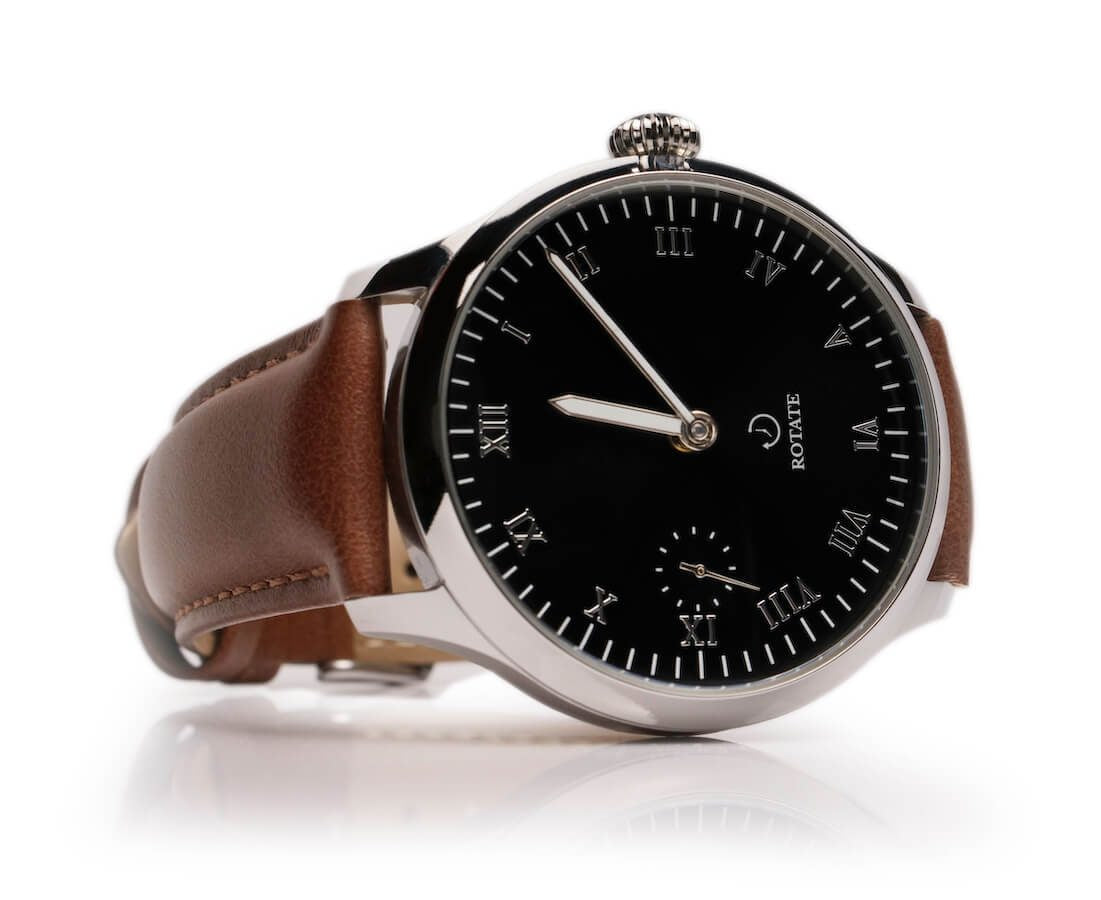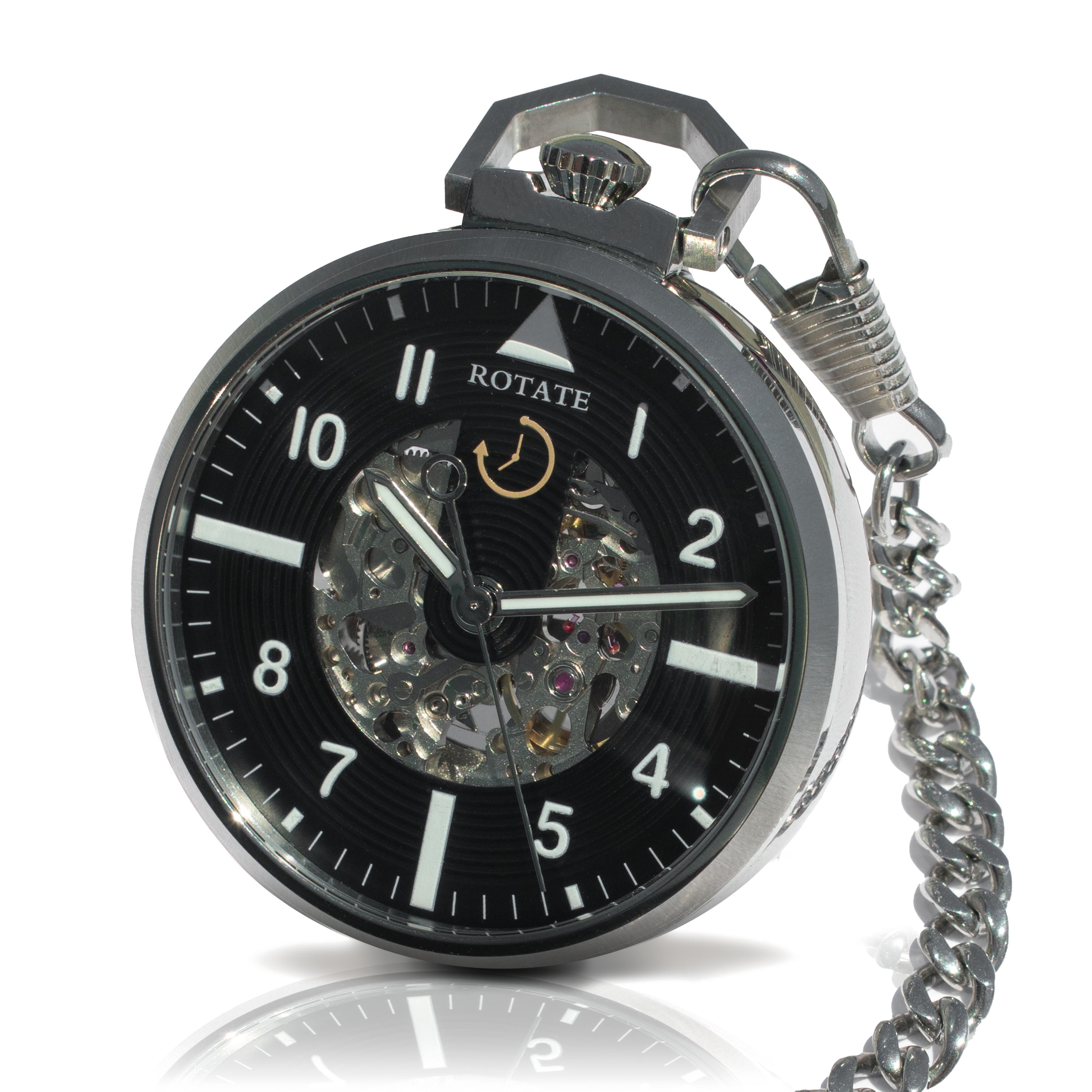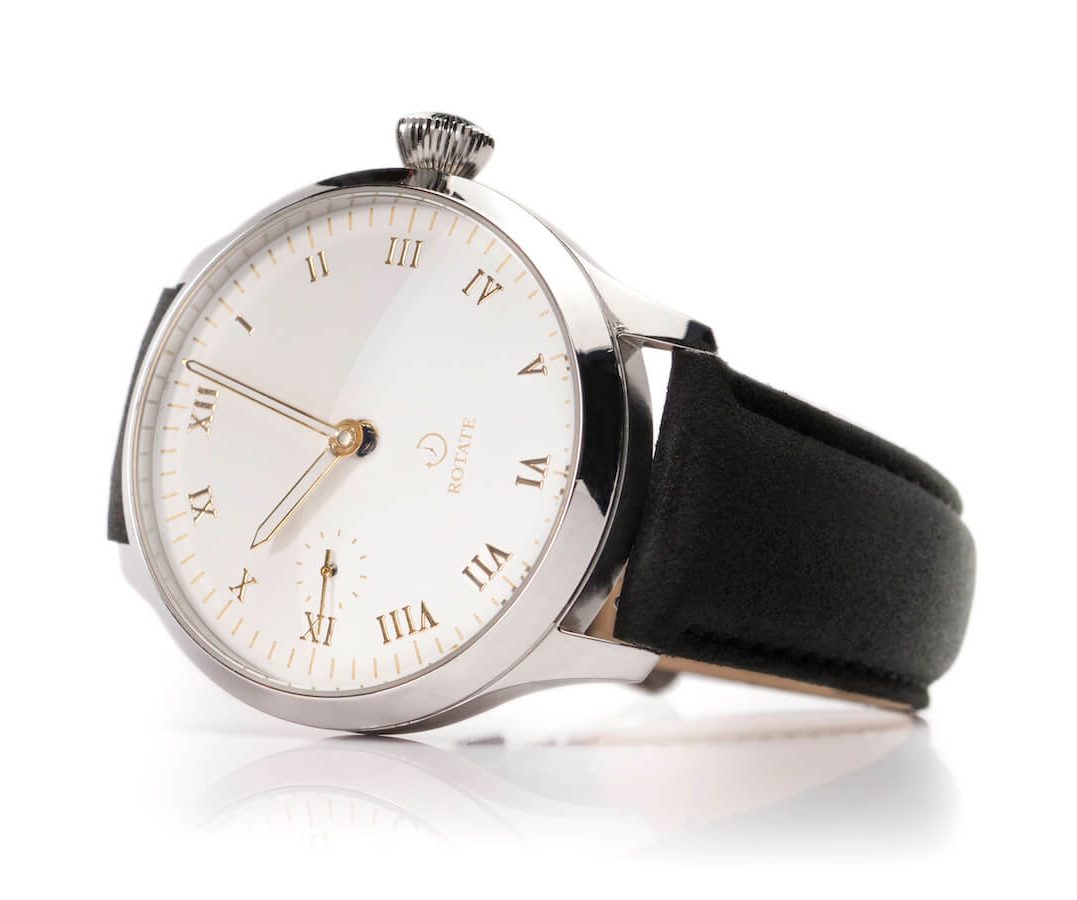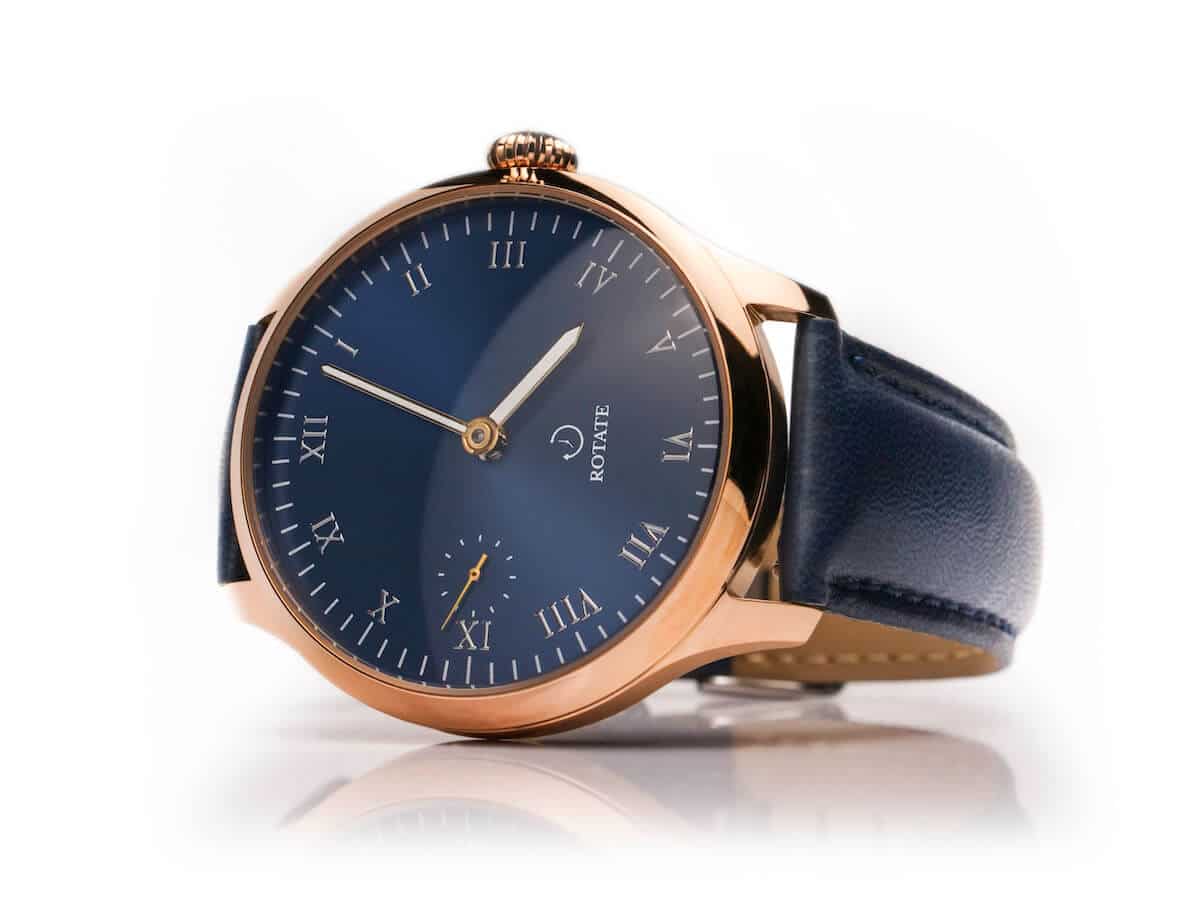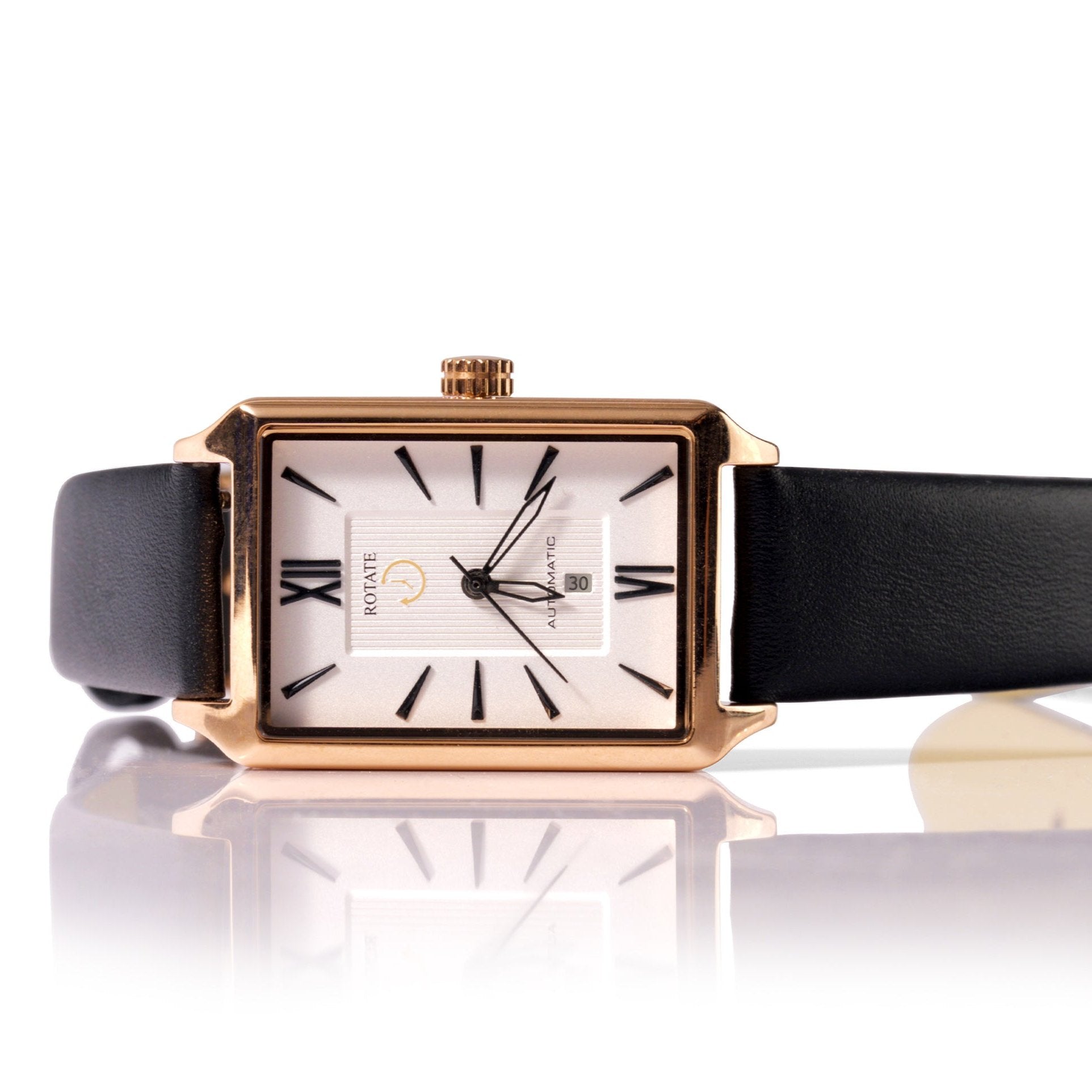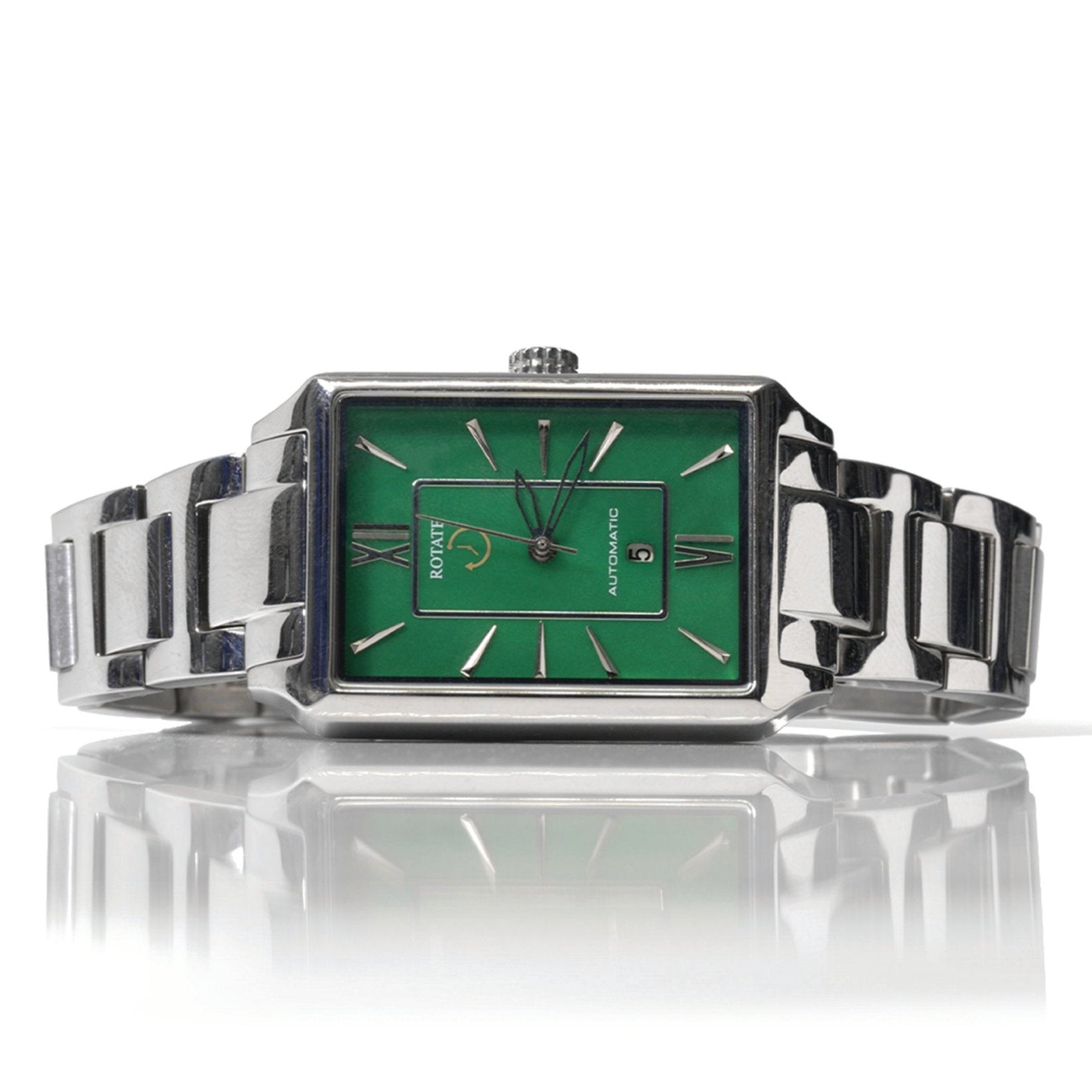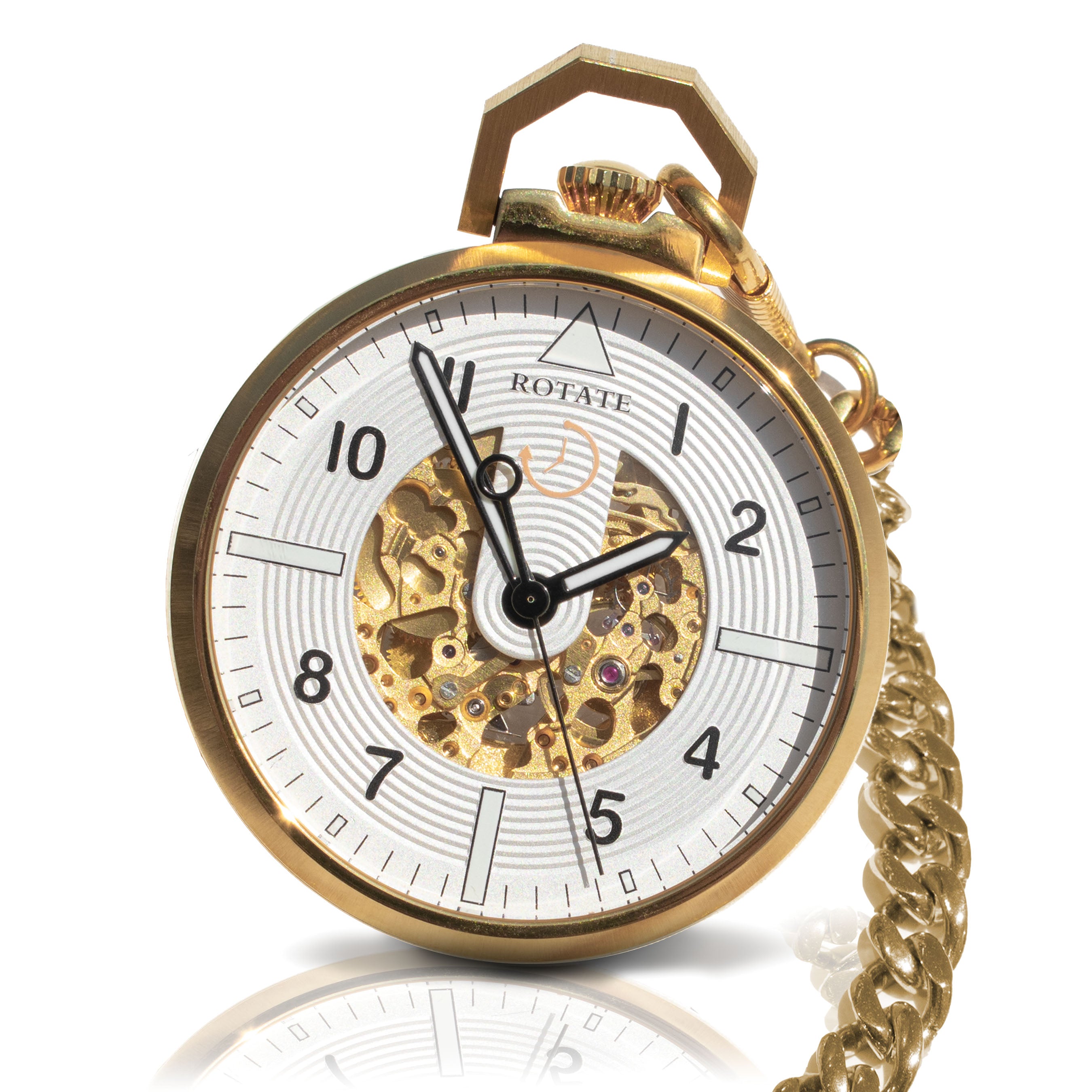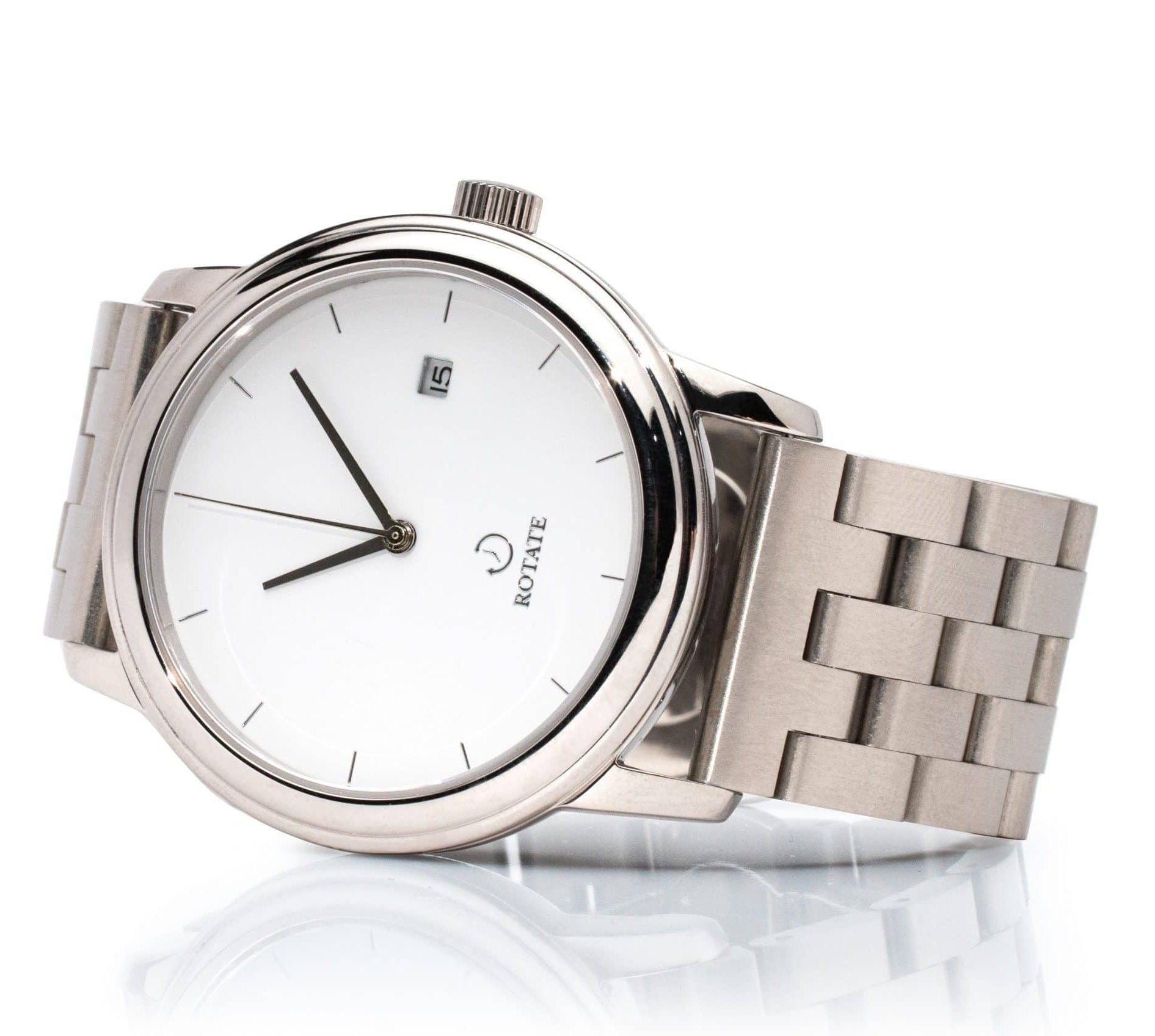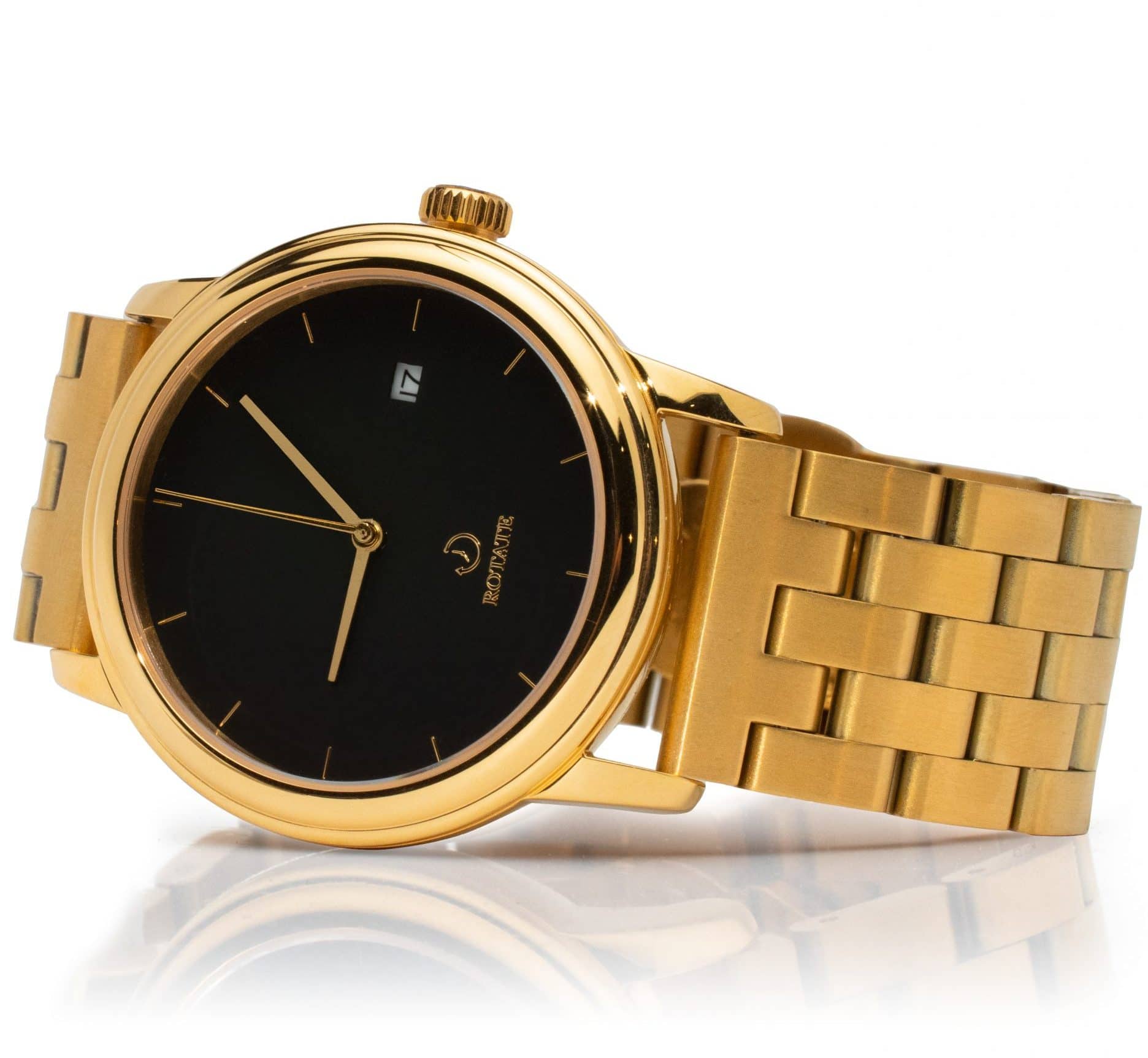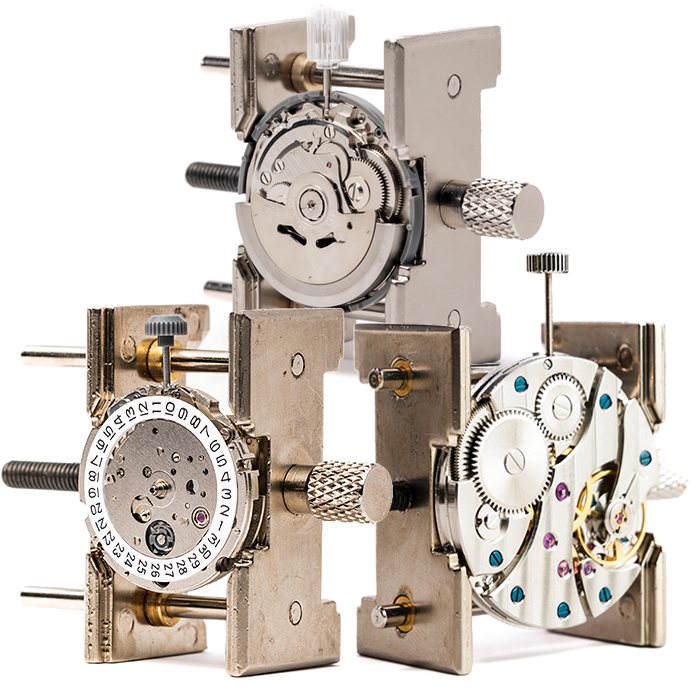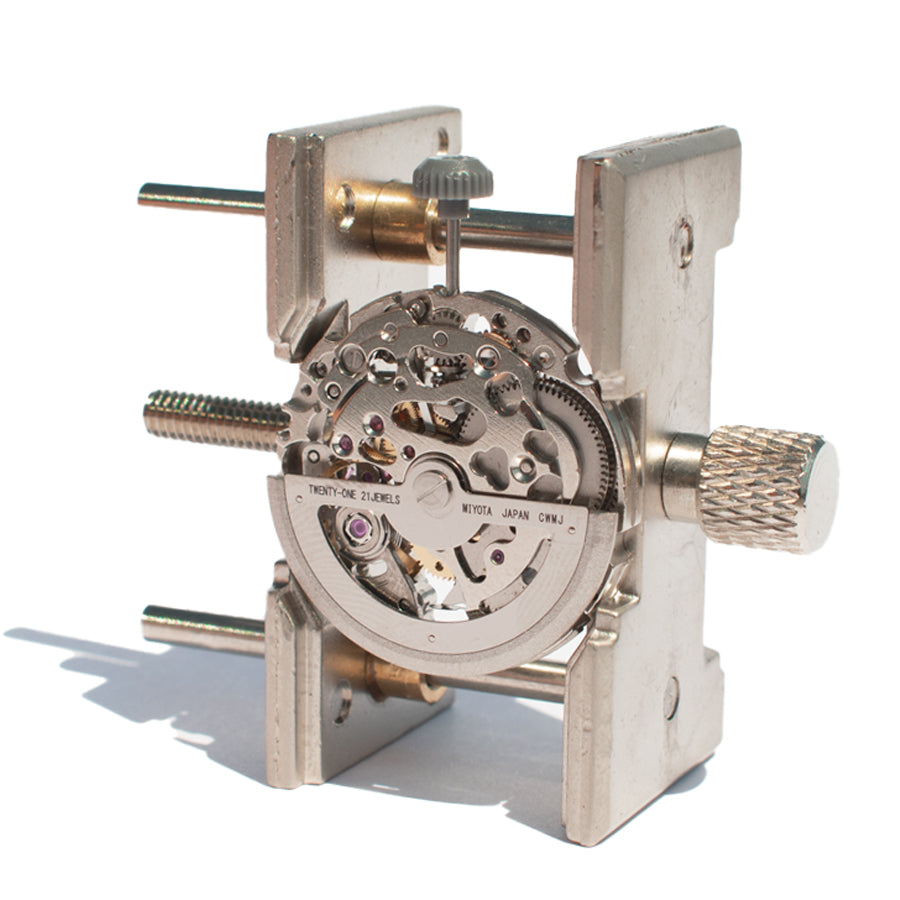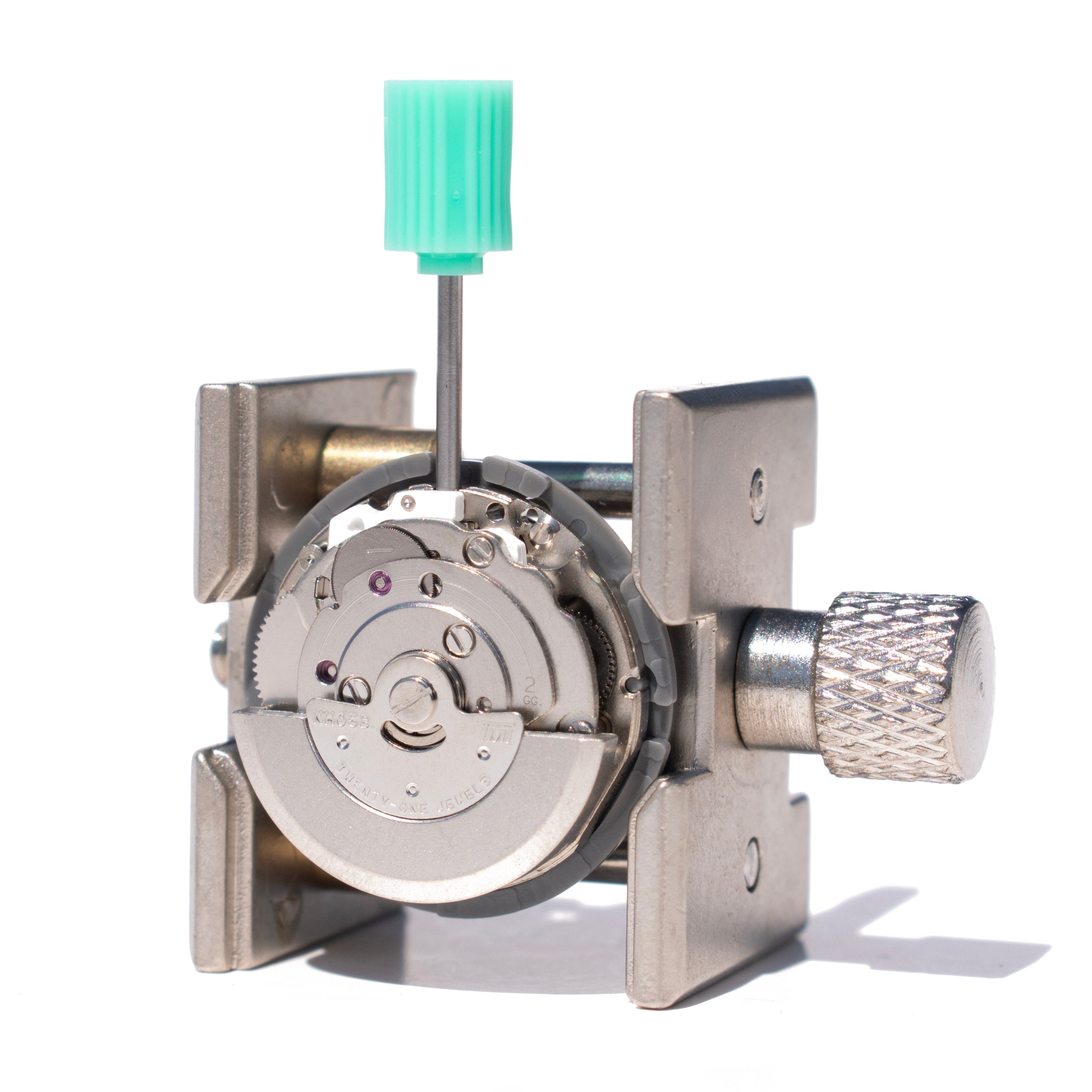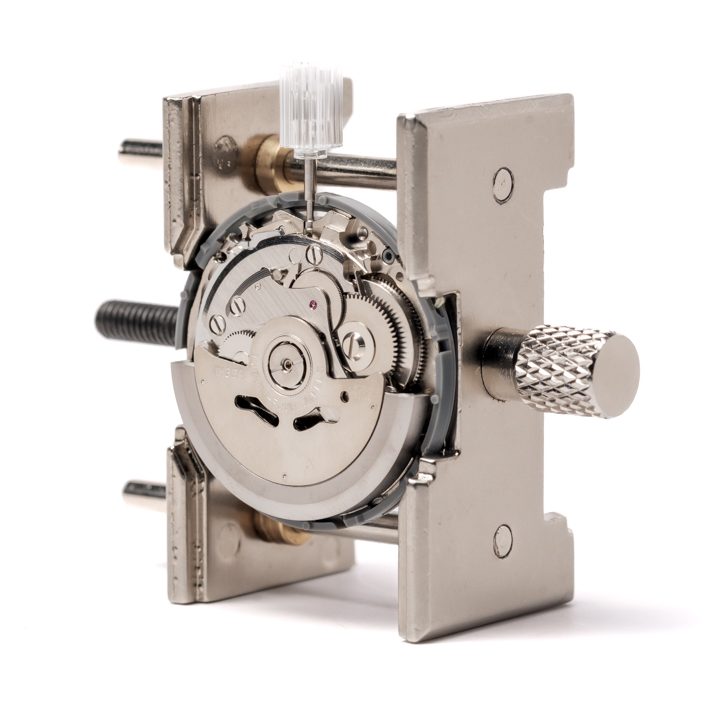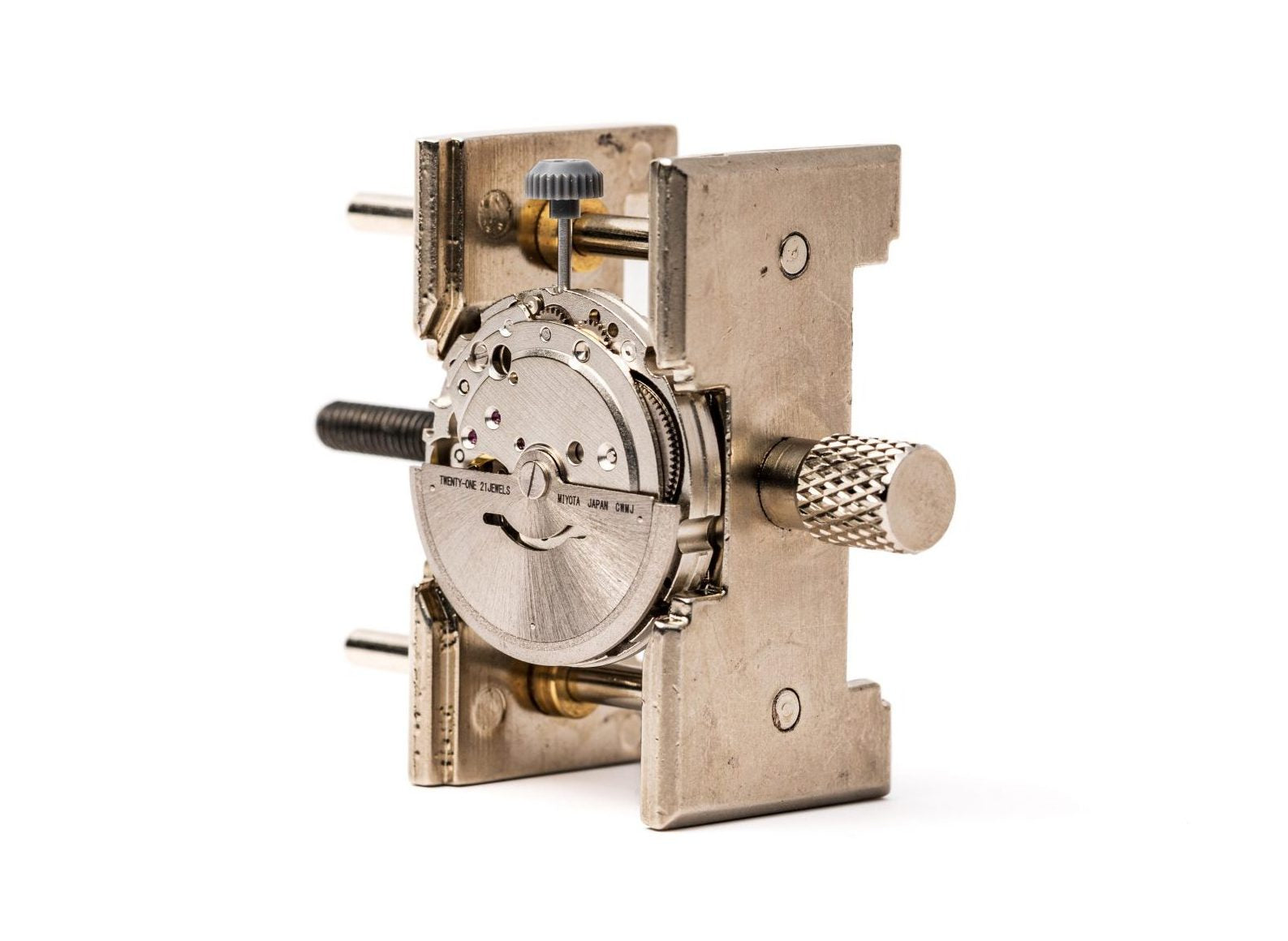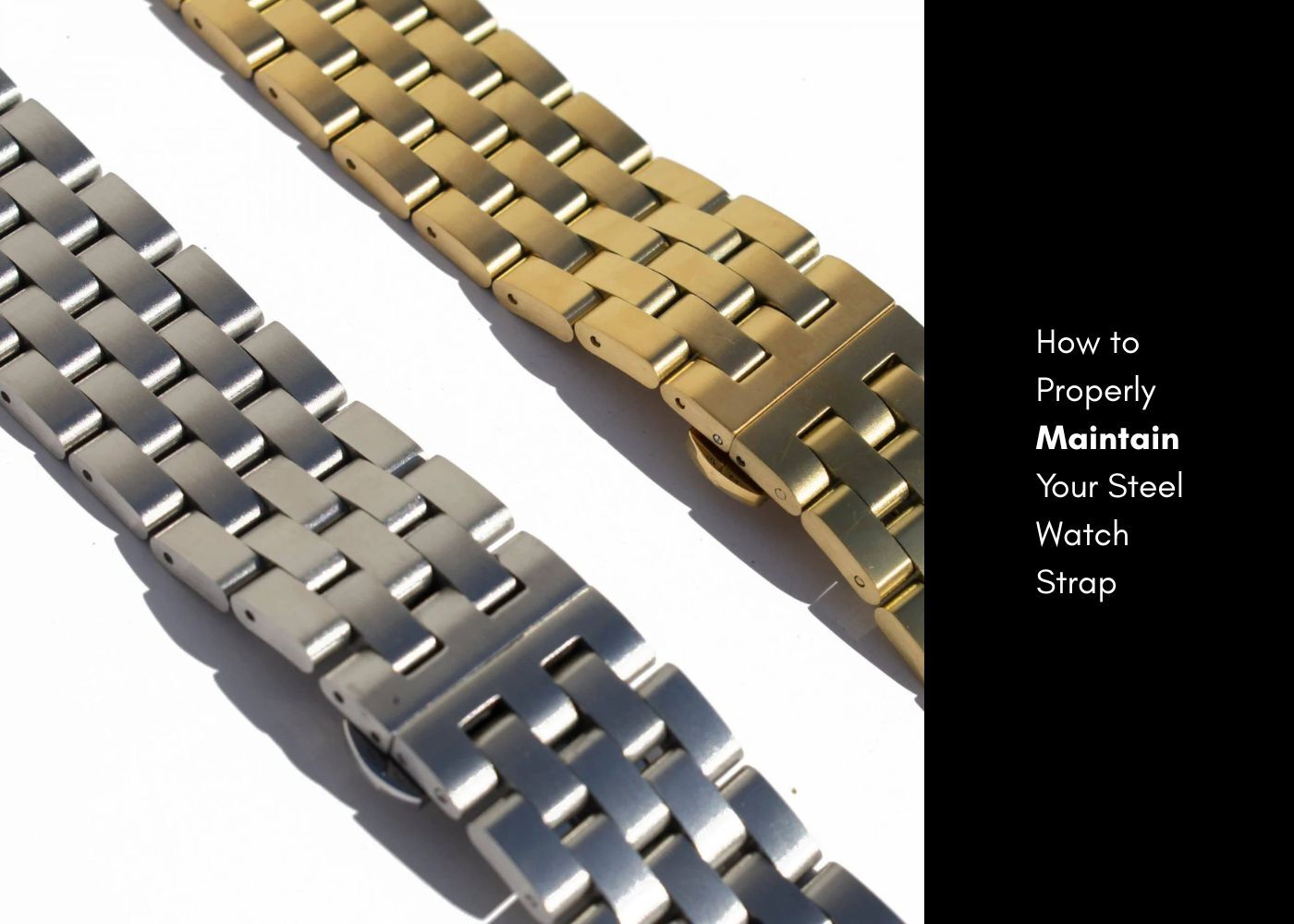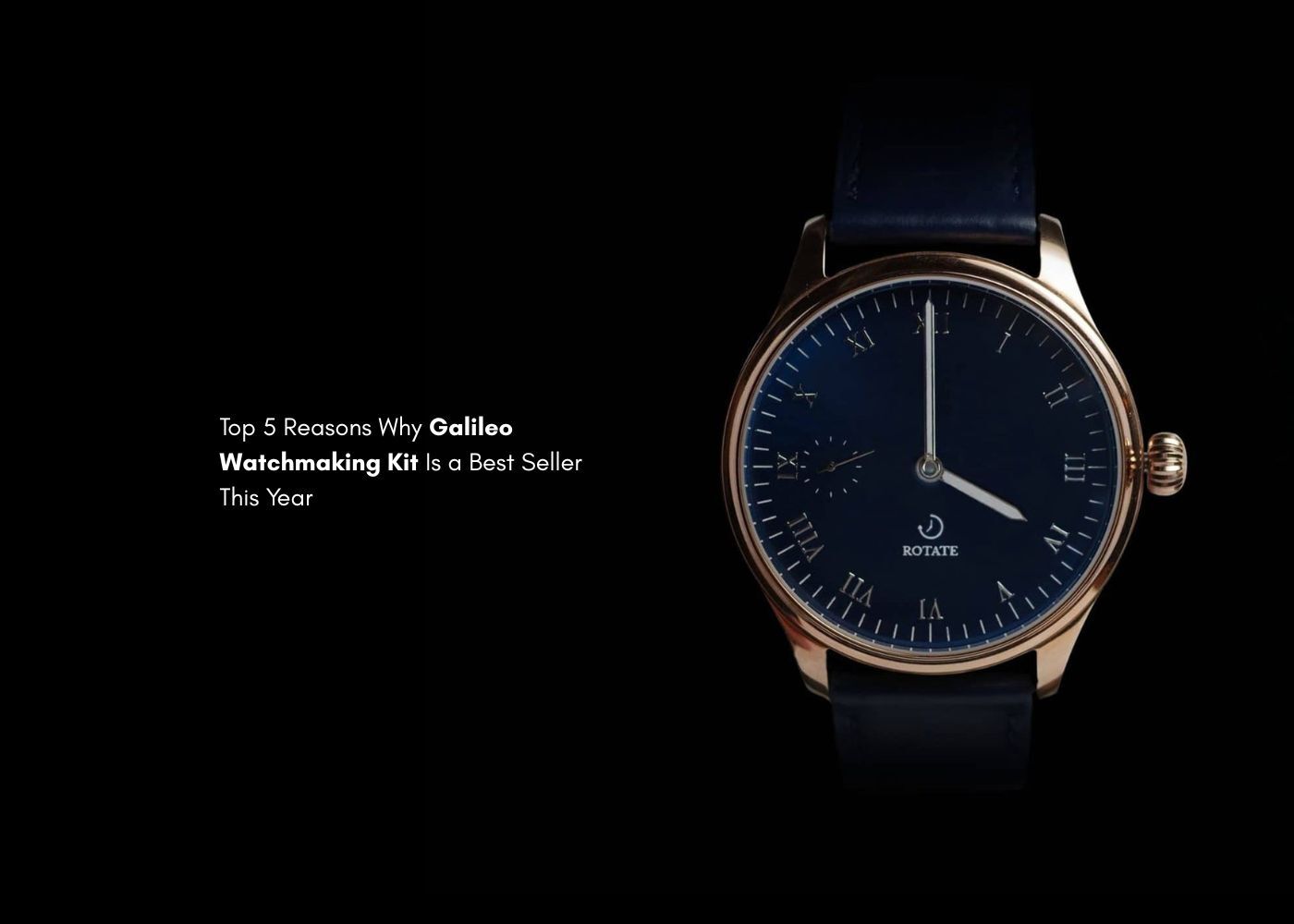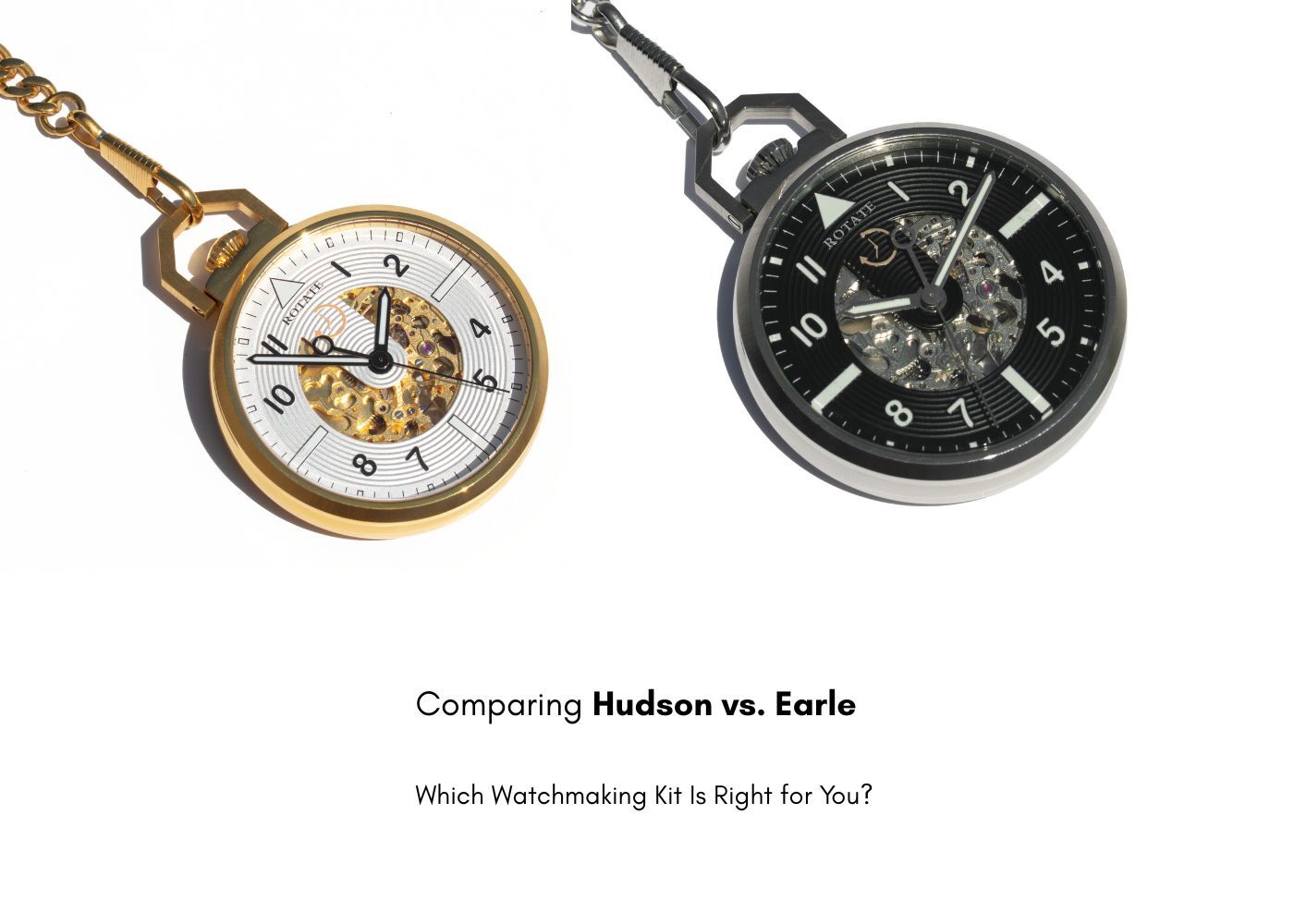
Comparing Hudson vs. Earle: Which Watchmaking Kit Is Right for You?
What Is a Pocket Watch, and Why Does It Matter Today?
A pocket watch is a classic timepiece designed to be carried in your pocket instead of worn on your wrist. Often attached to a chain and tucked into a jacket or pants pocket, it offers both function and flair. For centuries, pocket watches were the standard way to keep time, prized for their craftsmanship and significance.
Today, there's a growing appreciation for these elegant machines - not just for wearing, but for building. That's where a pocket watch building kit comes in. It lets you assemble your own timepiece from start to finish. Instead of buying a finished watch, you create something with your own hands, gaining insight into mechanical timekeeping and building a real connection with the piece.
Why DIY Pocket Watch Kits Are Gaining Popularity
People love building things again. In a world of smartwatches and notifications, mechanical watches offer something different: silence, elegance, tradition. And building one yourself offers more than just ownership. It's learning, tinkering, and completing something you can be proud of. That's especially true for skeleton dial pocket watches, where you can actually see the movement working through the open dial and caseback.
Rotate Watches is leading this revival with beginner-friendly kits that give anyone - collector, hobbyist, or total newbie - the chance to build a fully functioning automatic pocket watch.
What's Included in Both Hudson and Earle Kits
Both the Hudson and Earle kits come from Rotate and are nearly identical in function. They each use the Miyota 8N24 automatic movement, a reliable 21-jewel Japanese movement with over 40 hours of power reserve. This movement winds itself as you carry the watch and wear it, meaning no battery changes and no daily winding.
Each kit includes the same set of tools: a screwdriver, tweezers, spring bar tool, pliers, glue, and gloves. You'll also get a clear and beginner-friendly guide to help you along every step.
Both kits are rated "medium difficulty," which means they're totally manageable if you're patient and willing to take your time. The goal isn't speed - it's the joy of building.
How the Hudson Kit Stands Out
The Hudson offers a bold, mechanical look. It features a black skeleton dial that provides a strong contrast against the silver case and silver-colored gears inside. This design makes the movement stand out more, which is ideal if you love seeing the watch "breathe" as it runs.
The case is waterproof to 10 ATM, which is higher than most pocket watches and means it can take a splash without worry.
Overall, Hudson feels a little more modern and technical. If you like a bold design and extra functionality, Hudson is your watch.
🛠️ View the Hudson Pocket Watch Kit →
How the Earle Kit Is Different
The Earle leans vintage. It has a gold case and off-white skeleton dial, which gives the entire watch a warmer, more elegant feel. It includes a gold chain that complements the case, adding a touch of sophistication.
Although it uses the same Miyota movement, Earle claims a slightly longer power reserve at over 42 hours. The case is rated for 5 ATM of water resistance, which is plenty for everyday use.
Earle is perfect if you're into classic style and want a watch that feels timeless - something you'd expect to inherit or pass down.
🛠️ View the Earle Pocket Watch Kit →
Side-by-Side Summary
|
Feature |
Hudson Kit |
Earle Kit |
|
Case Material |
Stainless steel (silver) |
Stainless steel (gold finish) |
|
Dial Style |
Black skeleton dial |
Off-white skeleton dial |
|
Movement |
Miyota 8N24, 21 jewels |
Miyota 8N24, 21 jewels |
|
Power Reserve |
>42 hours |
>42 hours |
|
Bezel |
Fixed |
Fixed |
|
Water Resistance |
5 ATM |
5 ATM |
|
Case Size |
47mm |
47mm |
|
Chain |
Silver stainless steel |
Gold stainless steel |
|
Tools Included |
Full kit with gloves and instructions |
Full kit with gloves and instructions |
So, Which Watch Kit Is Right for You?
If you like crisp contrast, slightly more modern lines, and the idea of rotating parts you can touch, then Hudson is your kit. It's a sleek, silver-toned statement with strong mechanical visuals.
If you lean vintage and love the idea of a skeleton dial pocket watch that could be worn with a vest at a formal event or displayed on a desk, the Earle might be more your speed. Its gold tones and warm dial give it a heritage vibe that feels truly classic.
Either way, you're not just buying a watch. You're building it. That makes the experience memorable - and the watch is something you'll keep far longer than something you bought off the shelf.
Still Thinking It Over? Here's a Quick Recap
-
Both kits are based on the same high-quality automatic movement
-
Both include all tools and guidance needed
-
Both are beginner-accessible, but rewarding to complete
-
The key difference is in the style - black/silver boldness vs. gold elegance
Ready to Build?
Both the Hudson Pocket Watch Kit and Earle Pocket Watch Kit come with everything you need to begin your watchmaking journey. If you're interested in building both - or giving one as a gift - Rotate offers $50 off when you buy two or more kits. Use code KITBUNDLE at checkout. Get your DIY Watch Kit today!
Whichever path you choose, you're not just assembling parts. You're building something timeless.
FAQ
Q. Are both the Hudson and Earle kits suitable for beginners?
Yes. Both kits are rated medium difficulty and come with a complete toolset and detailed online guide, making them ideal for anyone willing to learn.
Q. Do these pocket watches require daily winding?
No. Both use automatic movements that wind with wrist motion. If not used daily, you can wind them manually using the crown.
Q. What's the main difference between Hudson and Earle kits?
The main difference is visual: Hudson is silver with a black dial; Earle is gold with an off-white dial.
Q. Are these pocket watches waterproof?
Yes. Both Hudson and Earle are rated at 5 ATM, offering ample water resistance for everyday use - though immersion is not recommended.
Q. Can I see the watch movement after assembly?
Absolutely. Both feature skeleton dials and exhibition backs, letting you view the moving gears from both sides.

